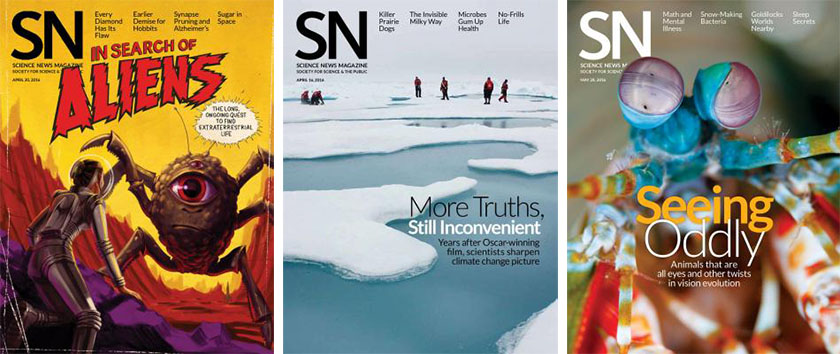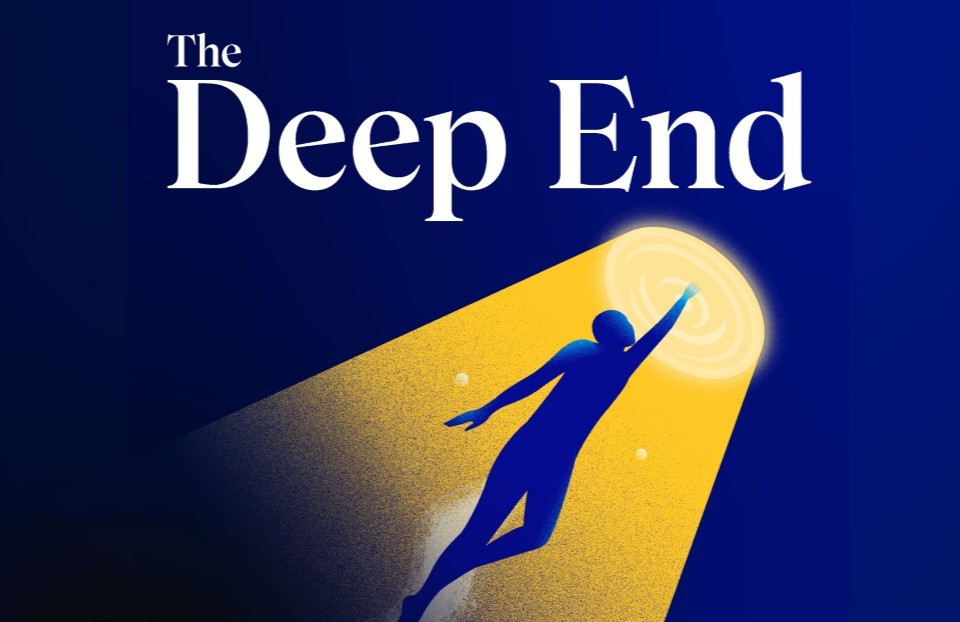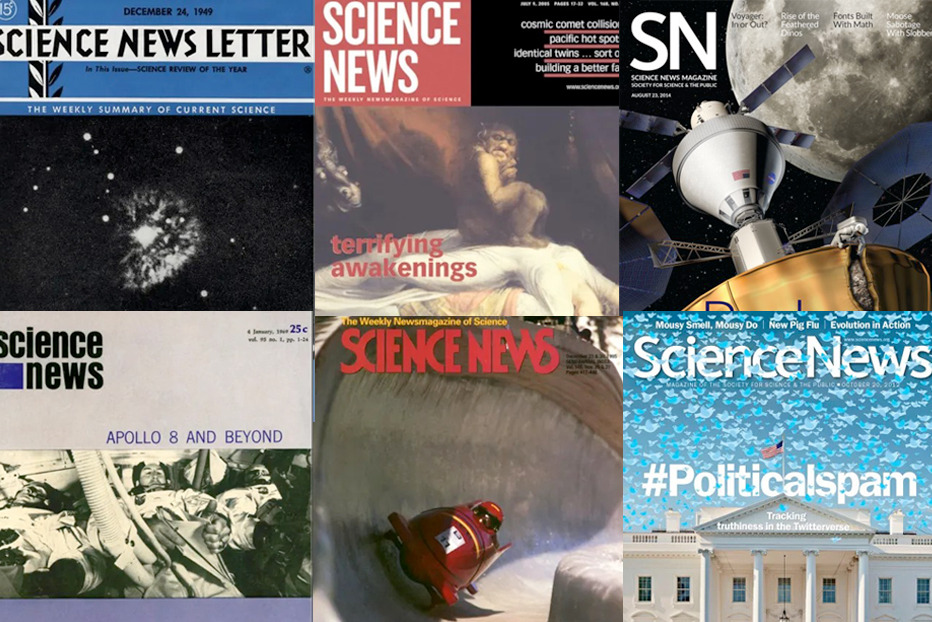Science News is ‘the perfect resource’ in schools

“Science News is great for kids because it broadens their view of what science is,” a teacher wrote in a survey conducted about the Science News in High Schools program. “It’s not just the biology, chemistry, and physics they learn in high school. There are so many different subjects covered, every issue has something intriguing for each kid.”
Science News is the perfect resource.
Society for Science & the Public offers Science News in High Schools to as many as 4.1 million students in 4,236 high schools across the 50 states, Washington, D.C., several U.S. territories, and the United Kingdom.
The program provides schools, teachers, and students with copies of Science News magazine and an educator guide for prompts and lesson activities.
Read on to see how teachers are using Science News in High Schools in their classrooms:
- “My students select an article of interest, highlight key information in each paragraph, write one or two summary statements per paragraph. In the past, students would have to source other science magazines and the newspaper. Science News is the perfect resource — thank you.”
It is an incredible resource for developing scientific literacy.
- “We use it to kick off topic starters to get neurons firing and interest rising. There’s nothing like real articles to help introduce science topics. It is an incredible resource for developing scientific literacy.”
- “I like that the [educator] guides are truly a high quality educational resource. It helps students see science beyond the classroom. Discussion questions cover multiple fields within science, making it useful for my entire staff. The work is essentially done FOR me!“
- “First I used a [educator] guide as a sub assignment when I was unexpectedly away. Students enjoyed it and the articles so much I now use it as enrichment in class and as extra on our open Fridays. I get a turnout of 20 or more students who choose to come in.”
- “I really appreciate that there are such well thought-out connections, questions, and activities provided in the [educator] guides. The information and doable activities inspire a real change in the curricula to align more with NGSS and provide opportunities for students to go more in-depth with the big concepts.”
- “I really think the [educator] guides are structured very well. There are content and cross-curricular areas as well as standard alignments, which my administration and I look for. I also like the “quest through archives” piece because it requires the students to think broader and research on their own.”
- “I loved the Analyze This! educator emails. I’m always looking for ways to incorporate graphical analysis that will help students prepare for the ACT.”
- “Science News is current information. I love the emails you send out that have the student and instructor guides for different articles. The articles are at different Lexile levels which allows me to differentiate between students and classes.”
- “If you could send a free copy of the journal and educator guide to every science educator in the USA, they could not deny the powerful resource that it is.”
Find out more about Science News in High Schools.


